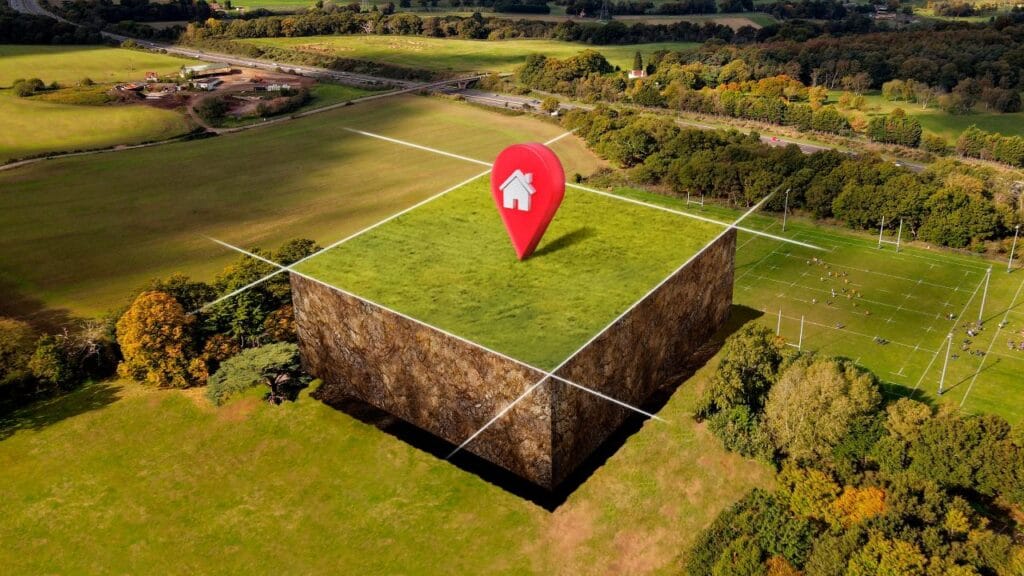Published

Land Segregation in Costa Rica
Many clients who dream of purchasing land in Costa Rica feel hesitant when they hear the word “segregation.” Some even refuse to consider properties that are not already fully titled as individual lots. However, land segregation is a normal, legal, and often simple process—especially when handled professionally.
In this article, we’ll explain what land segregation is, how to do it properly, and what timelines you can expect, using real examples from Costa Rica’s Caribbean coast.
Land segregation (“segregación” in Spanish) is the process of legally separating a portion of a larger property, known as a “madre finca”, to create a new, independent lot with its own registered title.
This is common practice in Costa Rica, especially in rural and coastal areas.
Often, landowners hold a large piece of property and only decide to divide and sell it when there is a buyer interested in a particular portion.
In such cases, segregation allows the buyer to choose exactly the part of the land they want, without the owner needing to pre-divide everything in advance.
Importantly, the success of segregation largely depends on working with an experienced and licensed surveyor (topógrafo) who knows local zoning rules and can process everything correctly.
If the seller hasn’t already segregated the lot you want, don’t worry. Here’s how we help you navigate it:
At Punta Uva Realty, we work only with trusted, professional surveyors who have successfully completed many segregation processes with our clients.
Thanks to their expertise and our guidance, every client who has gone through a segregation process with us is now the happy owner of their piece of paradise.
Buying land through segregation, when handled properly, is safe, efficient, and fully legal.
Contact us—with our support, you can become the rightful owner of a fully titled property in Costa Rica.
Recommended from Punta Uva Realty